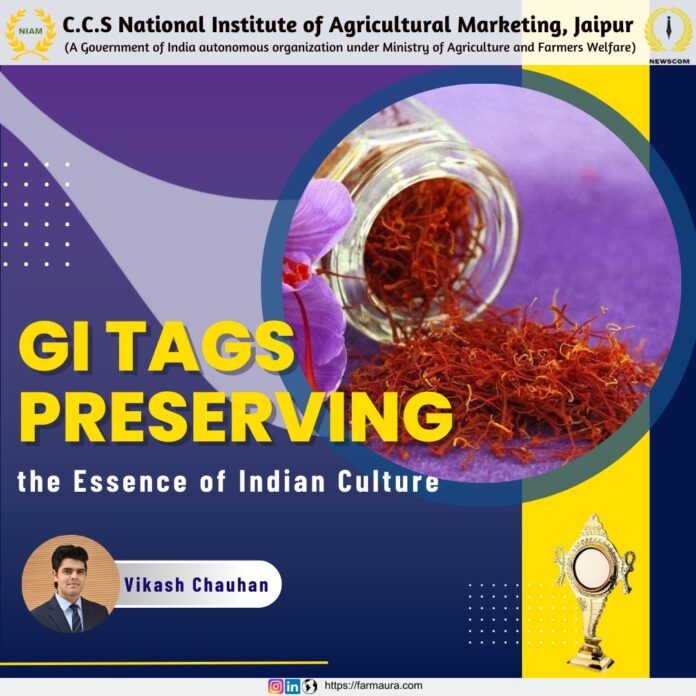Geographical Indications (GIs) serve as intellectual property protection by identifying items with certain geographical locations. This is generally done to link the product quality, and its distinguishing aspects to its location of origin or the uniqueness it has acquired to a particular geographical location. The given GI tag may include a geographical name, symbolic representation, or a combination of two. GIs tags are vital for fostering the biodiversity conservation and economic growth of the rural and tribal regions. It also protects the cultural identity of the products. The registration of a geographical indication is valid for a period of 10 years. It can be renewed from time to time for a period of 10 years each. A small number of Indian firms and entrepreneurs are now using the Geographical Indication (GI) labeling system, resulting in a low number of registered items or services with GI tags in India.
The Legal Framework and Obligations are outlined in the Geographical Indications of Goods (Registration and Protection) Act, 1999, which aims to facilitate the registration and enhanced protection of geographical indications associated with goods in India. This legislation is guided and regulated by the World Trade Organization’s Agreement on Trade-Related Aspects of Intellectual Property Rights (TRIPS). Additionally, the importance of safeguarding industrial property and geographical indications is recognized and underscored in Articles 1(2) and 10 of the Paris Convention, considering them integral components of intellectual property. The Geographical Indication office in Chennai, under the registrar, is responsible for processing all GI applications.
The presence of a Geographical Indication (GI) tag on a product not only prevents unauthorized usage but also enhances financial benefits for manufacturers through increased exports. As the export volume of GI-tagged goods grows, the international market witnesses a corresponding increase in the price of these products. Geographical indication rights empower those authorized to use the indicator to prevent its unauthorized use by other parties whose products do not meet the specified standards.
Looking forward, the fate of GI labels in India appears to be encouraging. There is a vision of a world where each bite of Alphonso mango or sip of Darjeeling tea becomes a journey to sun-drenched orchards and misty mountain slopes, respectively, thanks to ongoing efforts to promote, protect, and celebrate these agricultural treasures. The measurements say a lot, and as customers, supporting drives that bring issues to light about and safeguard GI labels can add to protecting our rural legacy, enabling farmers, and guaranteeing that the Flavors and stories surrounded in Indian farming persevere for a long time into the future.
In conclusion, GI labels are not simply names; they’re narrators, meshing the accounts of our farming inheritance into each item. As we embrace the force of GI labels, we effectively partake in the conservation of our social and farming personalities.

